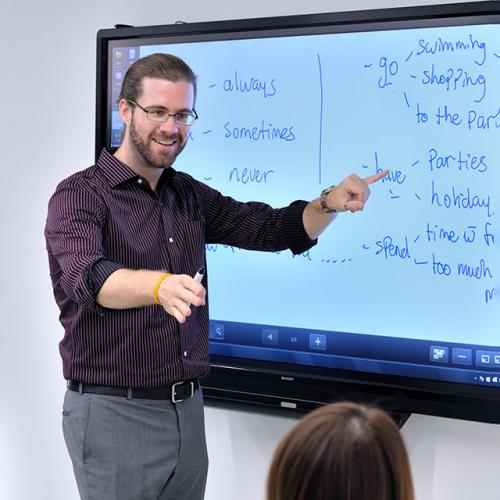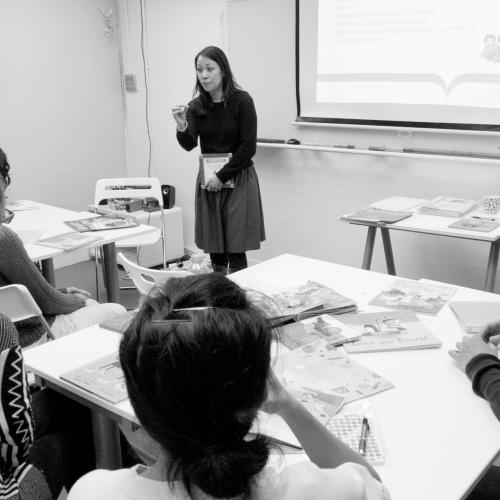How To...
Creating flashcards and teaching materials with AI Image generators


11th April 2024
Using AI for Assignments & Homework: Strategies for Students and Teachers


18th March 2024
Asking effective questions in your ESL classes


27th October 2022
Why you need to stop punishing your students: solutions for 3 common problems


8th September 2022
Mastering breakout rooms: 7 common mistakes and how to fix them


7th July 2022
Debating: how to teach debate effectively


29th September 2020
Why Grammar Matters: 3 Key Takeaways for TESOL Teachers


11th August 2020
How to teach writing: writing lesson ideas


9th July 2019
Gamification in English language teaching: more than child's play


2nd July 2019
Teaching pronunciation: an introduction to the IPA


25th June 2019
Integrating skills in English language classes


18th June 2019
How to teach intonation


11th June 2019